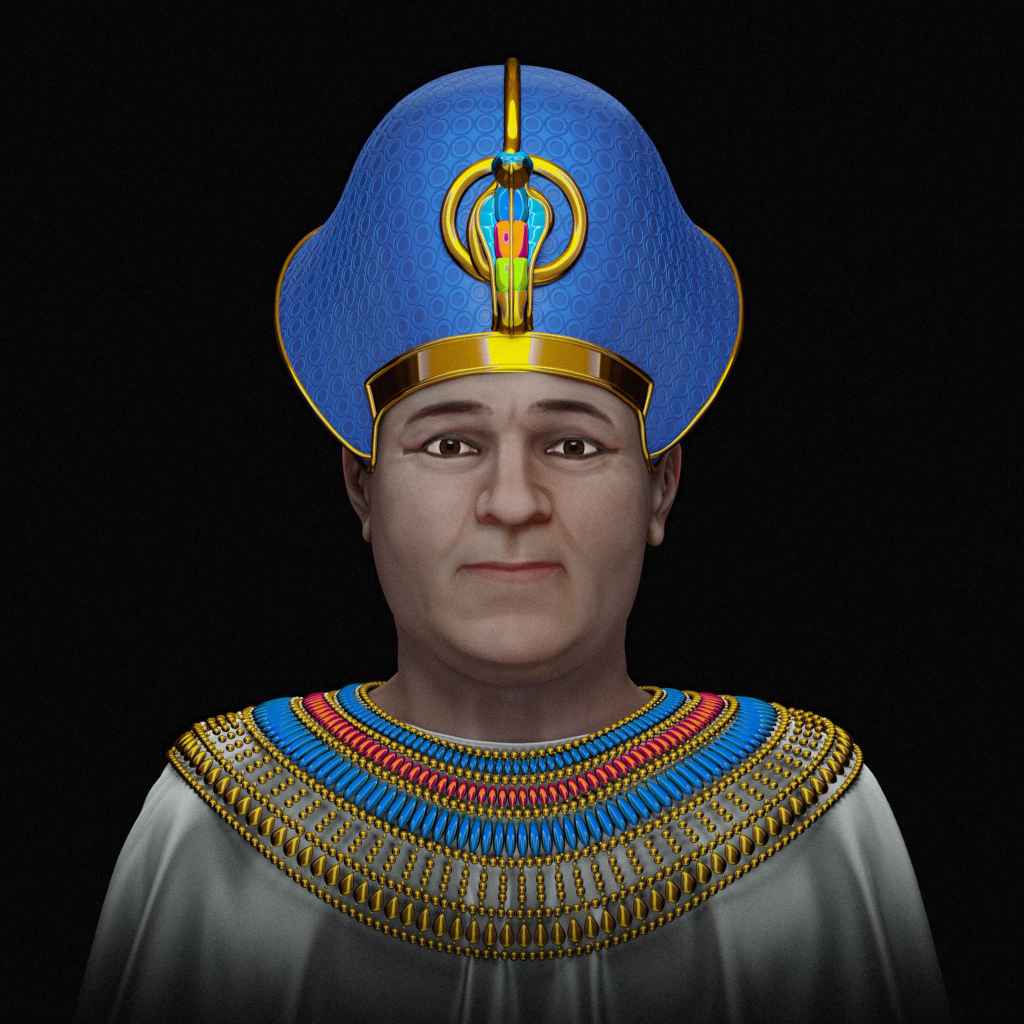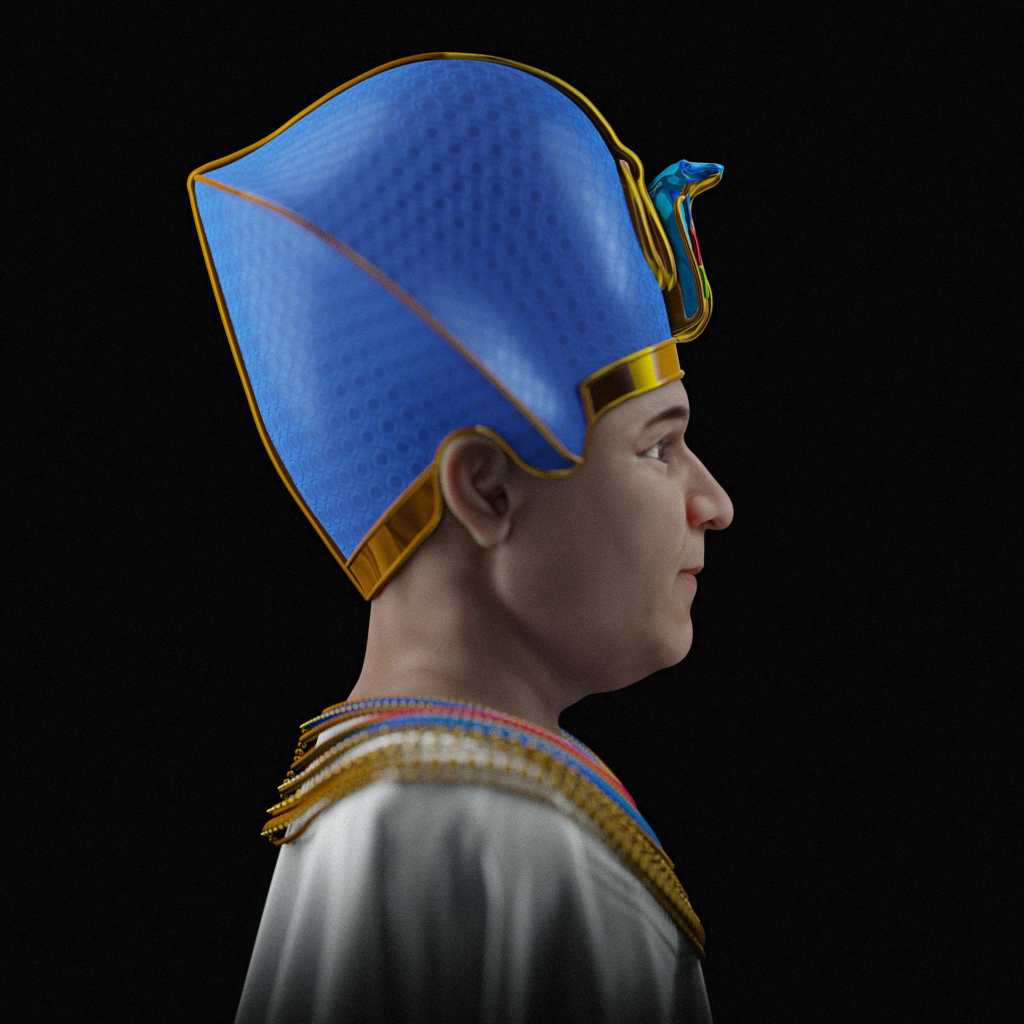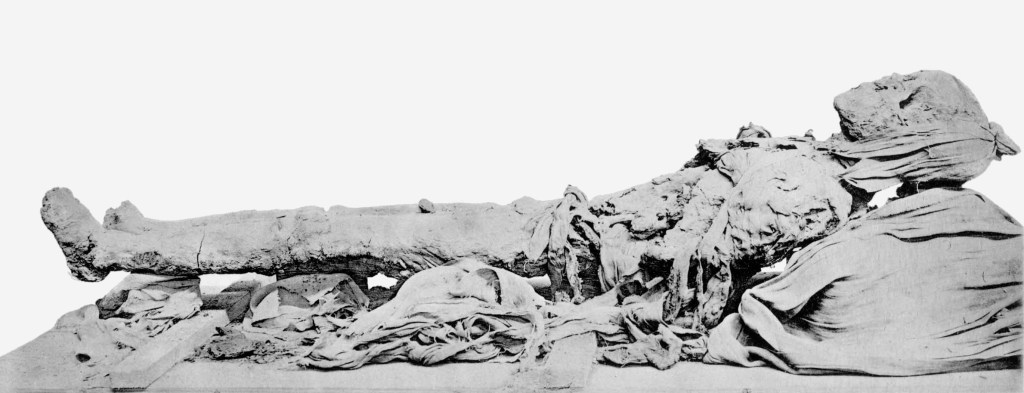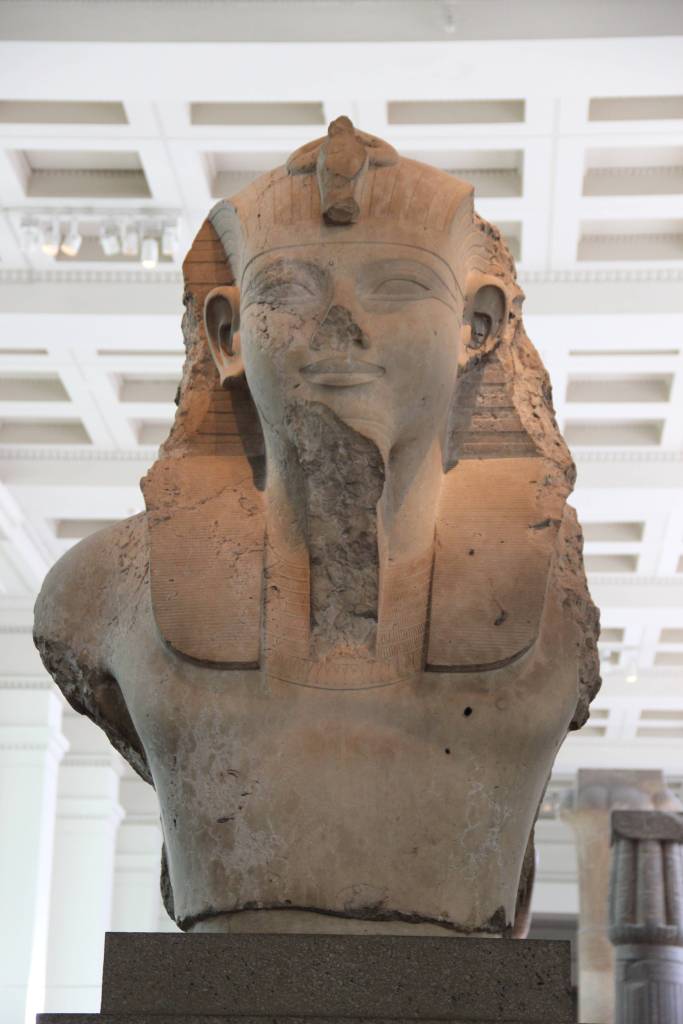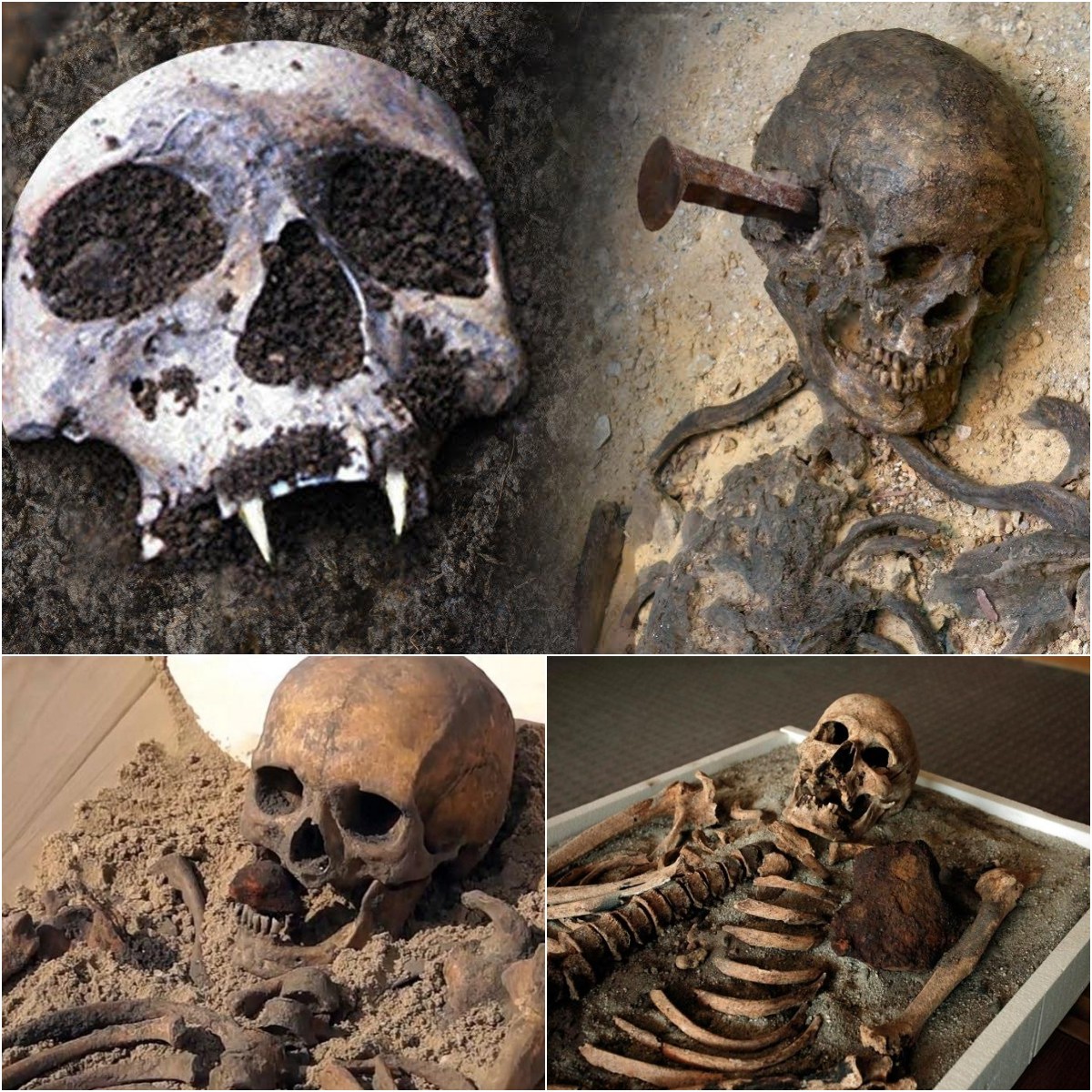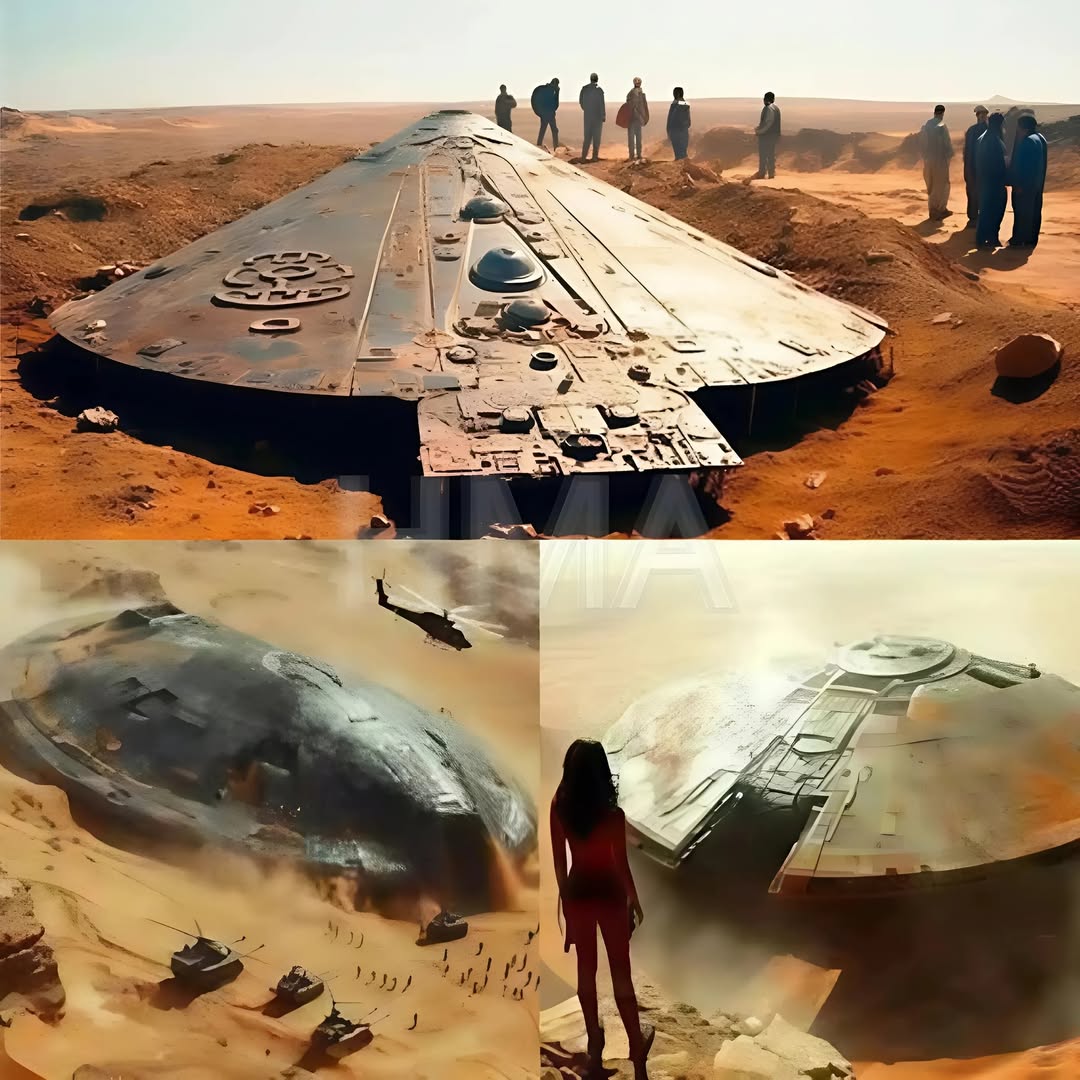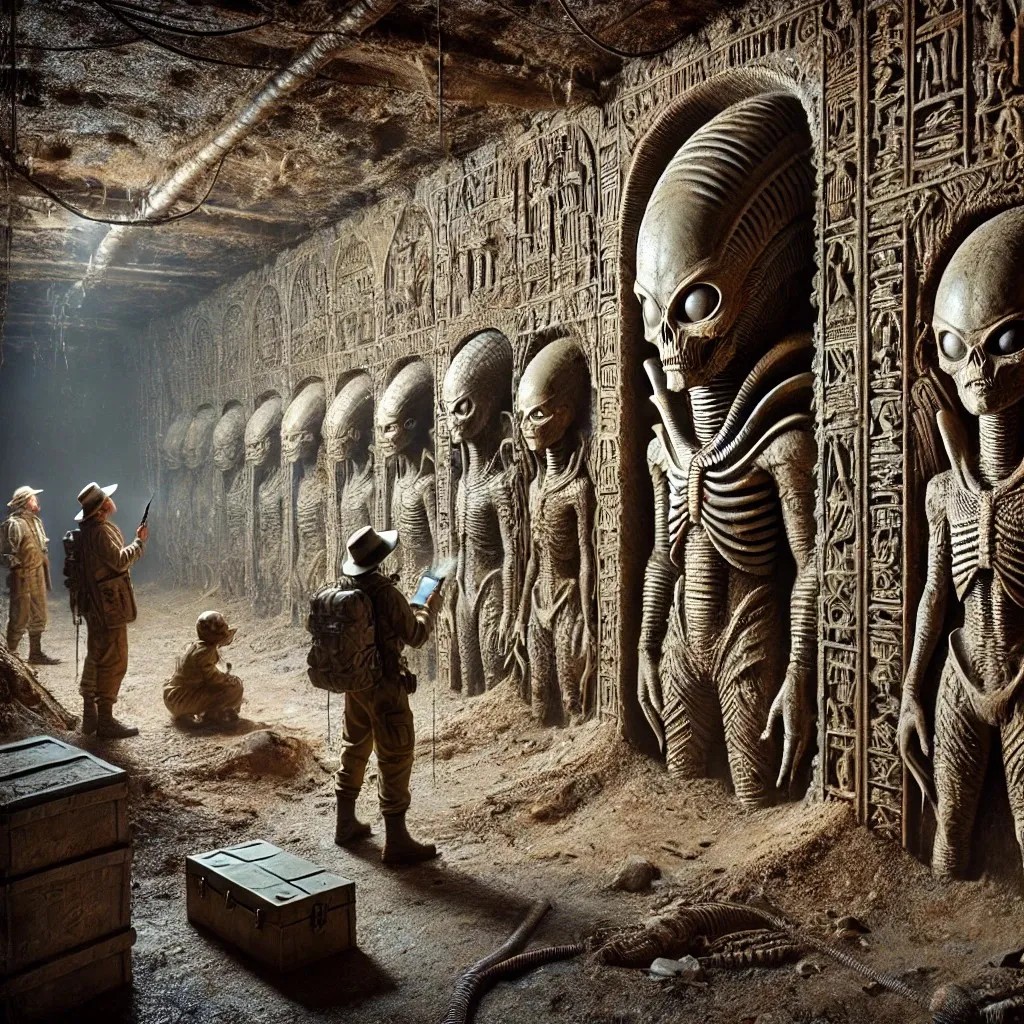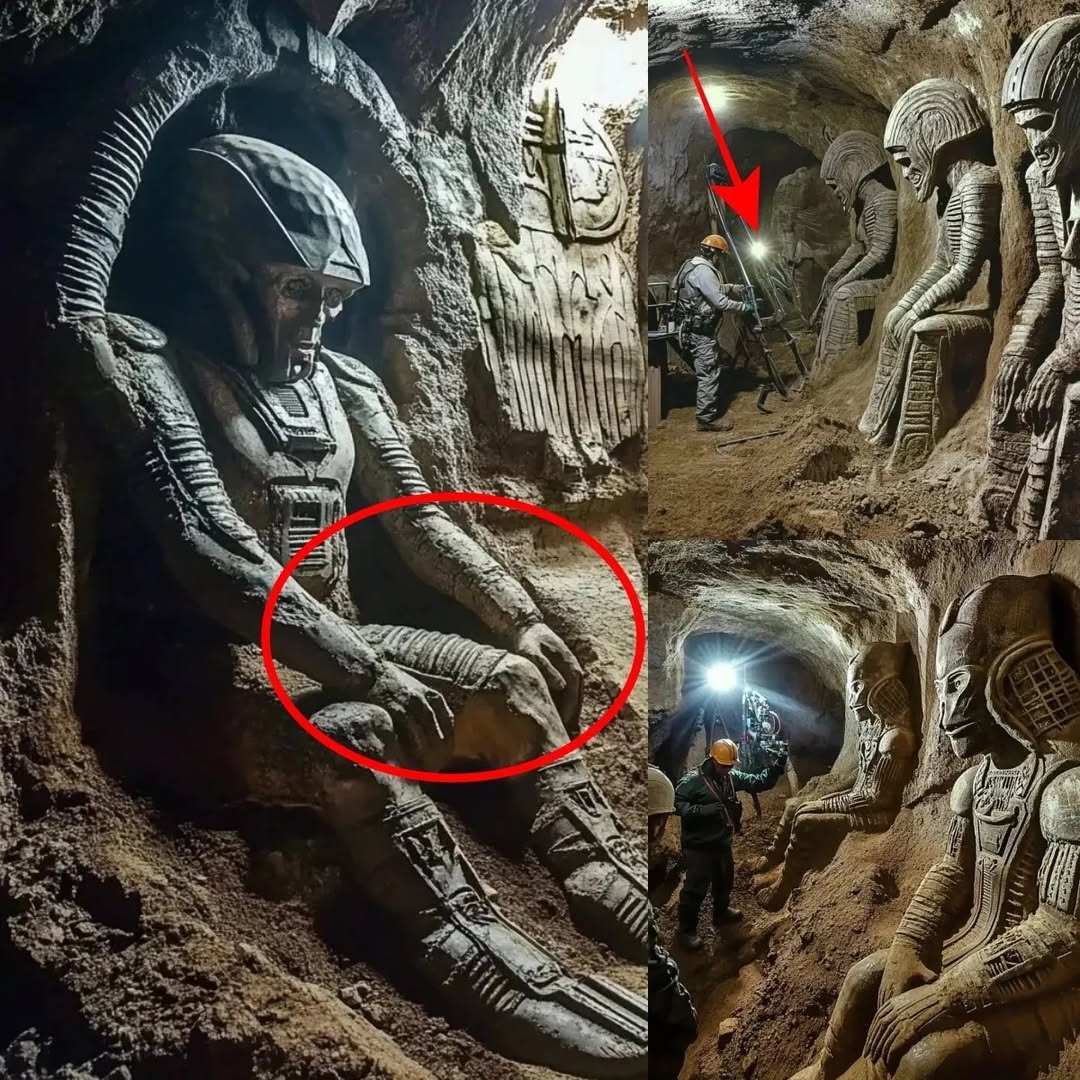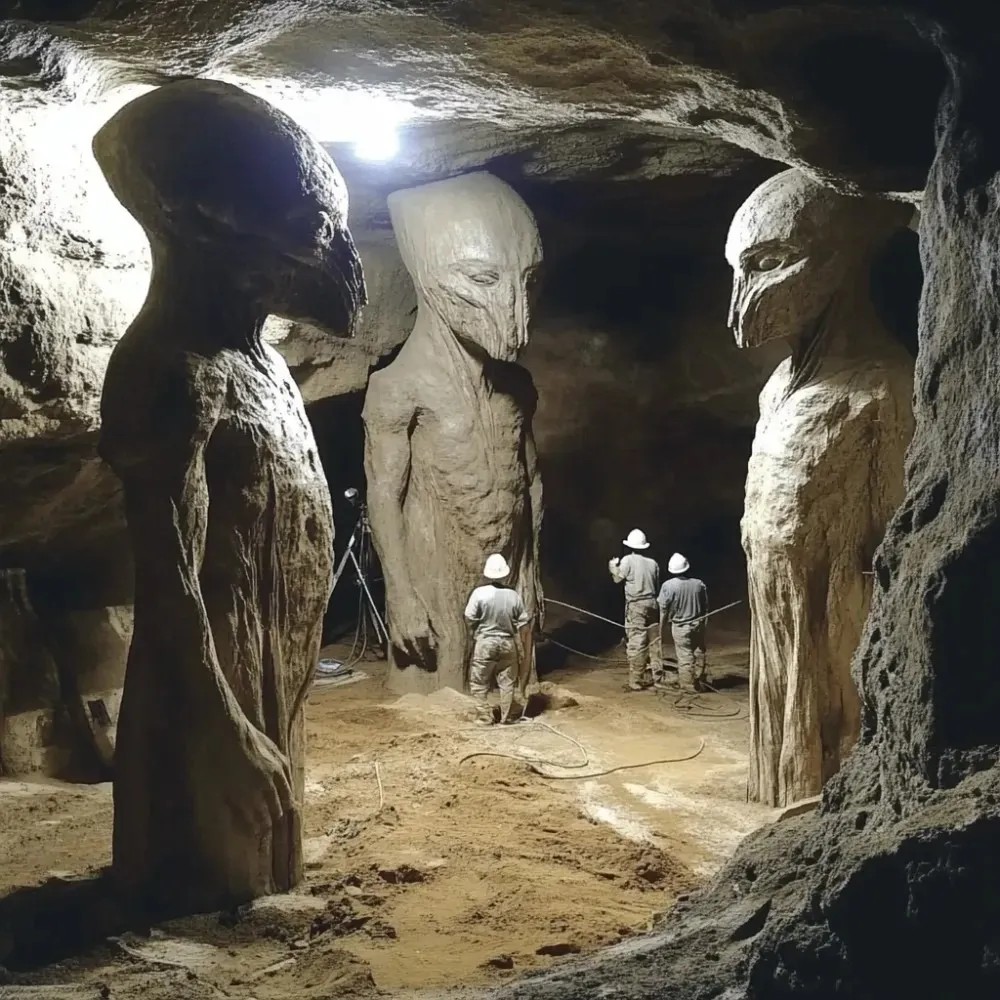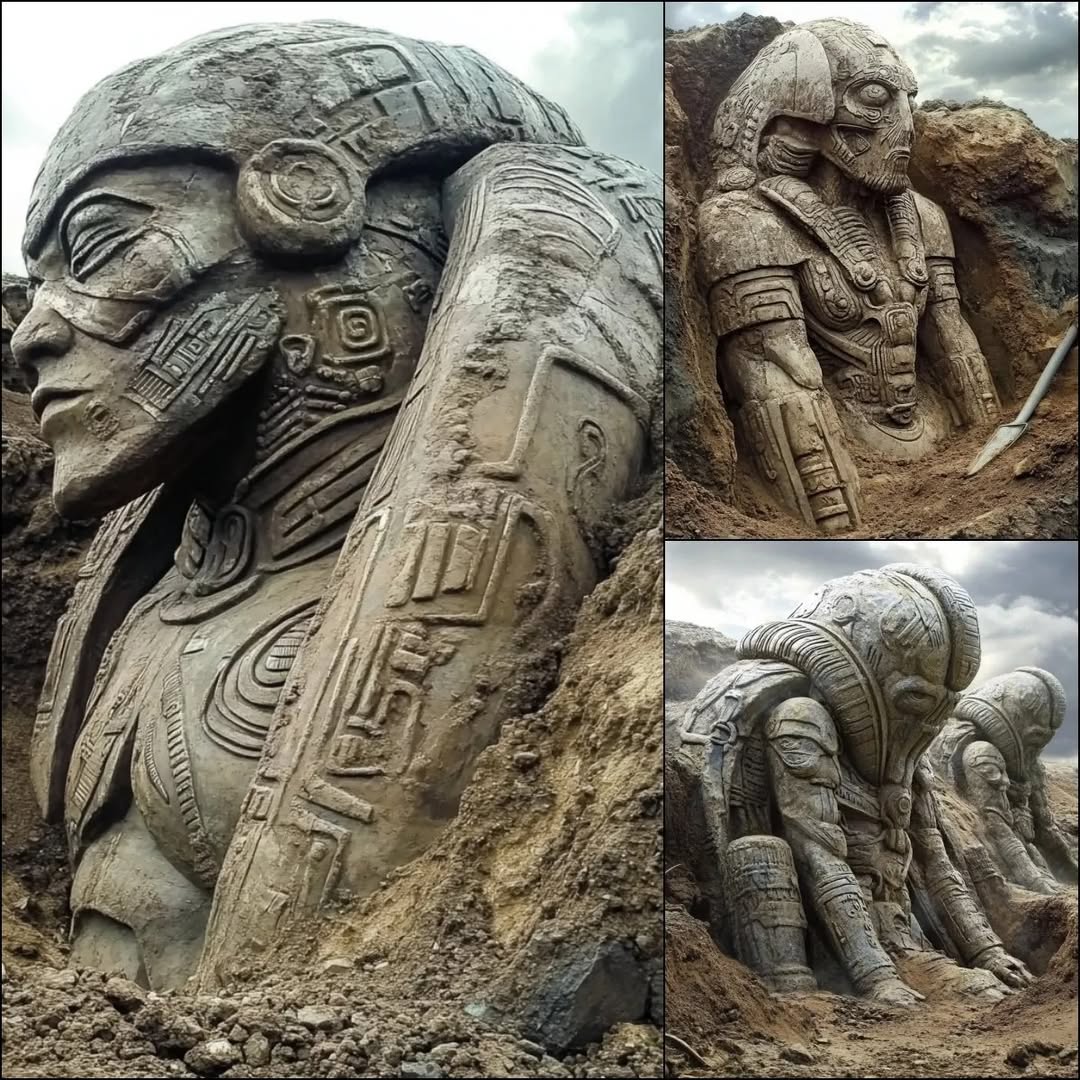Ever wonder what historical figures actually looked like?
Now we can thanks to groundbreaking new technology.
Scientists put a face to a name after reconstructing the countenance of Tutankhamun’s grandfather Amenhotep III, marking the first time the iconic figure’s true likeness had been recreated in 3,400 years.
“If we are not mistaken, this is the first facial approximation of Amenhotep III,” Brazilian graphics designer Cicero Moraes, who resurrected the famous Pharaoh’s face, told Pen News of the groundbreaking project. “‘It is our gift to all those who appreciate history.”
Indeed, this marks a major breakthrough concerning the historical representation of Amenhotep III, who was one of history’s greatest pharaohs, presiding over an unparalleled epoch of peace and prosperity during his reign in the 14th century BC. He was also reportedly one of the richest men to have ever lived.
Ironically, this iconic leader also has more surviving statues than any other leader, but his face had never been reimagined — until now.
In order to bring Amenhotep’s likeness to life, Moraes first reconstructed his skull using data and images from his mummy. He then used data from living donors to approximate the dimensions and position of the king’s nose, ears, eyes, and lips.
“Based on historical knowledge, Amenhotep III had a robust appearance, which is why we used data from individuals with a high body mass index,” described the tech wizard, who finalized the digital doppelganger by throwing on clothes and jewelry.
Voila, King Tut’s grandfather was finally visible in the digital flesh.
“We were amazed with the final result; seeing a complete bust with these colors and the facial serenity is quite satisfying,” gushed Moraes. “Compared to other approximations of pharaohs that I have participated in, this was the most complete too, as we modeled the clothes and accessories.”
While this representation might seem frumpy for an ancient master of the universe, archaeologists argued that the real Amenhotep III looked less glamorous than he was portrayed in oft-idealized statues.
“Research carried out in the 1970s described Amenhotep III as an obese, sick, and sedentary man, who was almost bald, and suffered from dental problems in the last years of his life,” said Dr. Michael Habicht, an archaeologist at Flinders University in Australia. “Although he was one of the truly great kings of Egypt, his body height is about 156cm (around 5ft1), making him one of the smallest kings we know from their preserved mummies.”
He added, “This rather small body height is not reflected in art – in artworks he is famous for his gigantic statues.”
Ultimately, the scientist deemed the facial recreation fit for the King, describing: “It’s a placid face for a man who promoted peace and lived in a time of the greatest economic prosperity.”
Indeed, Amenhotep — named after the sun and air god Amun, who he claimed was his real father — is often described as one of the greatest Kings in ancient Egypt, who was known for devoting himself to diplomacy, having undertook massive building contracts in Egypt and Nubia.
These monumental structures included a major temple at Soleb in Nubia and a mortuary temple in western Thebes featuring the iconic Colossi of Memnon.
The pharaoh’s wealth was also unparalleled, as indicated by both correspondence with diplomats and the bountiful bling in his representations.
“Diplomatic letters by foreign potentates begged him to send them some gold as a present, ‘as gold shall be abundant in Egypt as sand,’” said Habicht. “It’s the usual over-exaggeration for such a letter, but nevertheless hints towards extreme wealth.”
He added, “There are speculations that the mummy of Amenhotep III may have been entirely covered with gold leaf, so that he must have looked like a statue of a god.”
He was also famously egalitarian and would refuse to send Egyptian women to foreign leaders as wives. Despite the pharaoh’s apparent feminist streak, he was paradoxically a notorious womanizer, importing hundreds of foreign women to be part of his harem.
